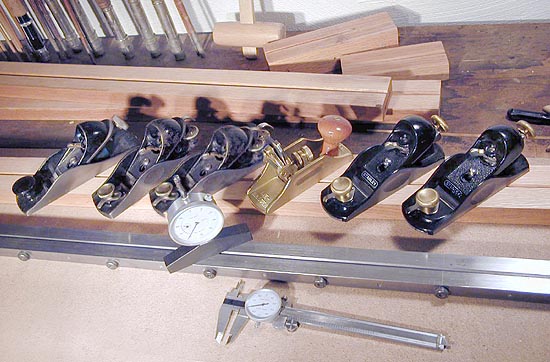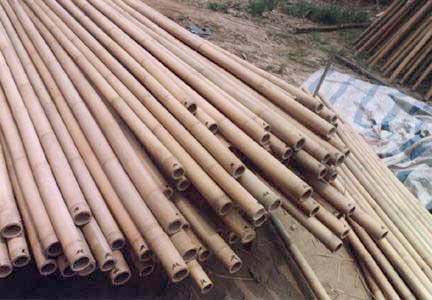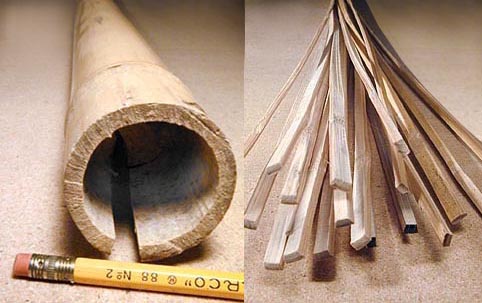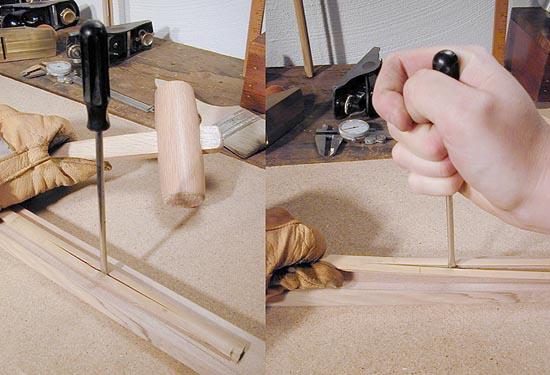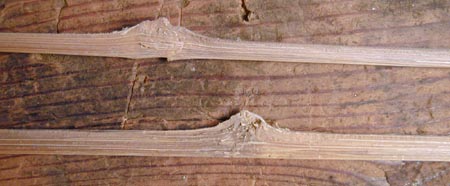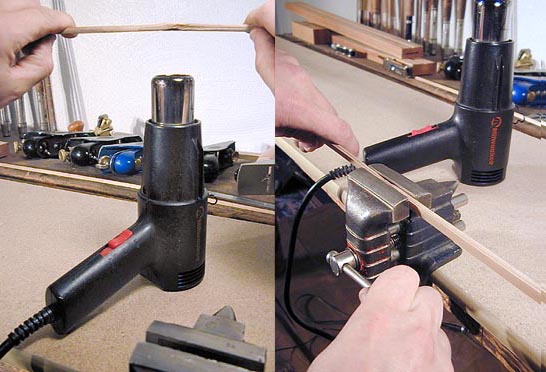| For
more detailed information on split cane fly rod making, look at these books: |
| A
Master's Guide to Building A Bamboo Fly Rod, by Everett Garrison with Hoagy
B. Carmichael. |
| Handcrafting
Bamboo Fly Rods, by Wayne Cattanach. |
| How
to Make Bamboo Fly Rods, by George W. Barnes. |
Fundamentals
of Building a Bamboo Fly-Rod, by George E. Maurer and Bernard P. Elser |
| Constructing
Cane Rods: Secrets of the Bamboo Fly Rod, by Ray Gould |
| Splitting Cane:
Conversations With Bamboo Rodmakers, by Ed Engle |
| The Lovely
Reed: An Enthusiast's Guide to Building Bamboo Fly Rods, by Jack Howell |
| Cane Rods:
Tips & Tapers, by Ray Gould |
